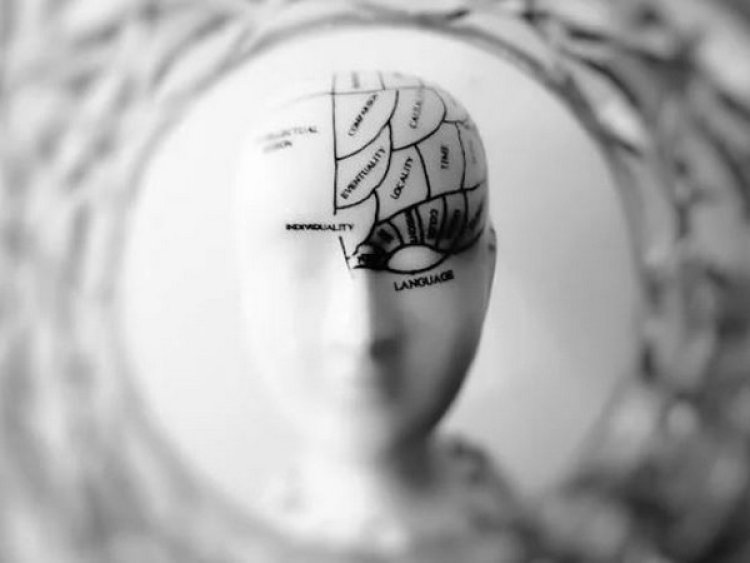Researchers more insight into Parkinson’s disease treatment

Illinois, US: A new method by which parkin gene mutations cause family types of Parkinson's disease has been discovered by Northwestern Medicine researchers. According to researchers in a recent study, the discovery provides a fresh approach to Parkinson's treatment.
The researchers from Northwestern University found that changes in parkin cause the connections between lysosomes and mitochondria, two important cell workers, to break down.
The primary energy-producing organelles in cells are the mitochondria, and lysosomes recycle cellular waste that builds up during regular cellular activity. Because neurons in our brains are so dependent on mitochondria for energy production and because of how active they are, neurons generate a lot of cellular garbage that needs to be removed by lysosomes.
In a prior study, published in Nature, Dr. Dimitri Krainc, chair of neurology and director of Simpson Querrey Center for Neurogenetics at Northwestern University Feinberg School of Medicine, and his group discovered that lysosomes and mitochondria form contacts with each other. After the initial discovery, Northwestern scientists tried to understand the function of these contacts in Parkinson’s disease.
In the new study published in Science Advances, the investigators report that lysosomes help mitochondria by providing key metabolites for their function. Mitochondria must import many of their essential ingredients, but it has not been well known where some of these metabolites come from. On the other hand, lysosomes serve as recycling factories in cells and, therefore, produce many breakdown products that could be used by other organelles such as mitochondria.
In this work, scientists found that lysosomes provide important amino acids that support the function of mitochondria. However, they also found that in some forms of Parkinson’s disease, lysosomes cannot serve as a “helping hand” to mitochondria because the contacts between the two organelles are disrupted. This results in dysfunctional mitochondria and ultimately degeneration of vulnerable neurons in Parkinson’s disease.
“Findings from this study suggest that dysregulation of mitochondria-lysosome contacts contributes to the Parkinson's disease pathophysiology,” said Krainc, the study’s corresponding author. “We propose that restoring such mitochondria-lysosome contacts represents an important new therapeutic opportunity for Parkinson’s disease.”















































